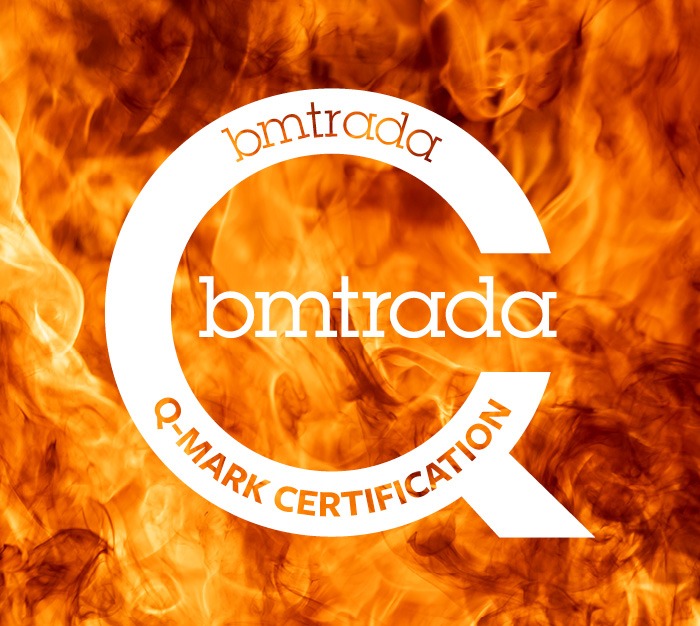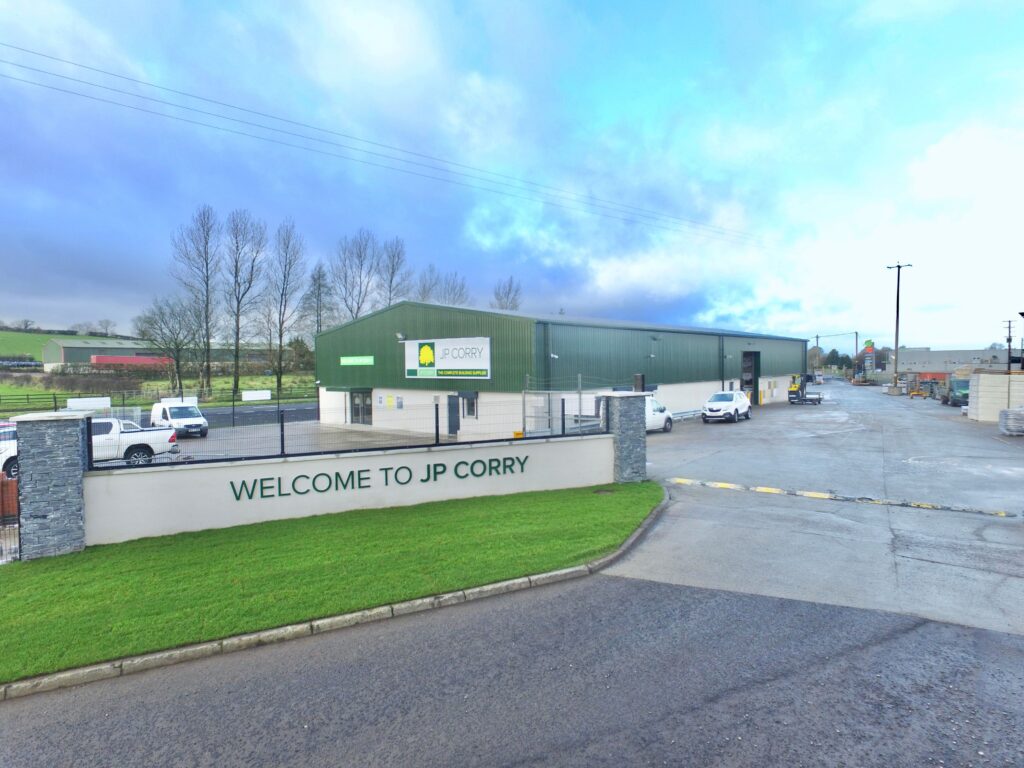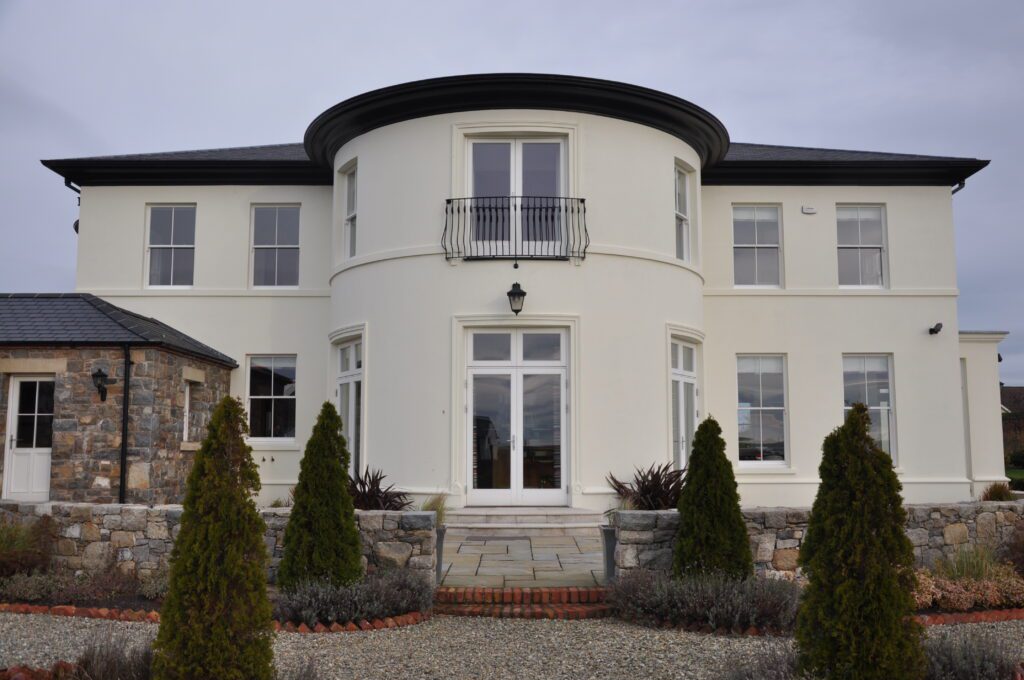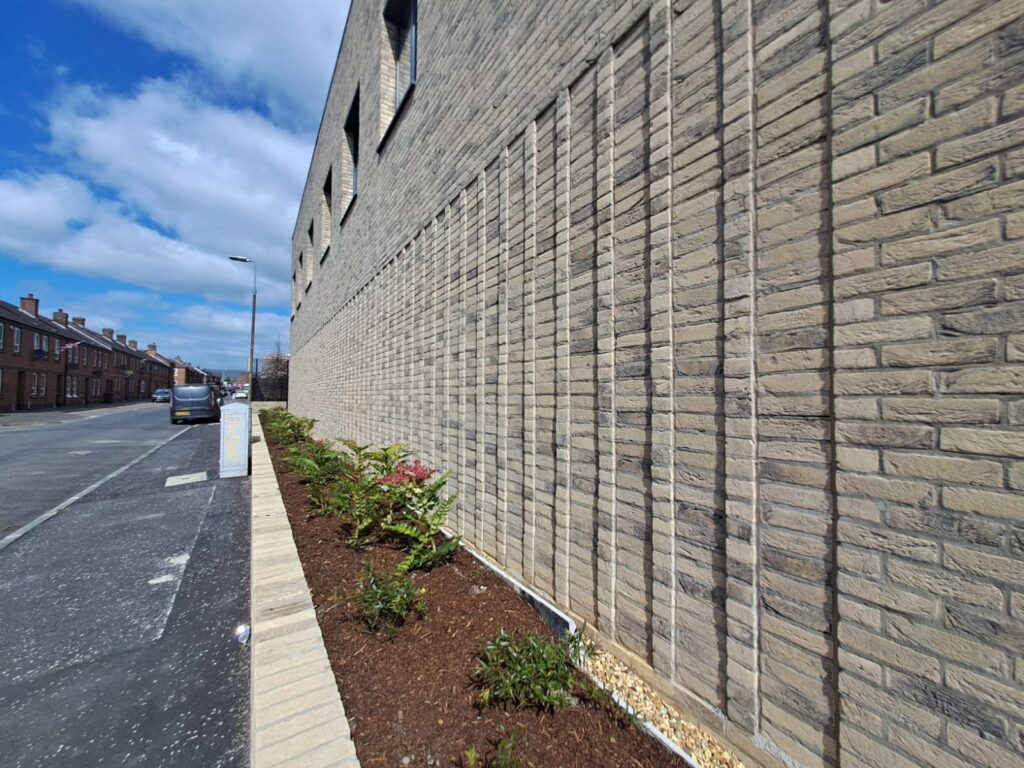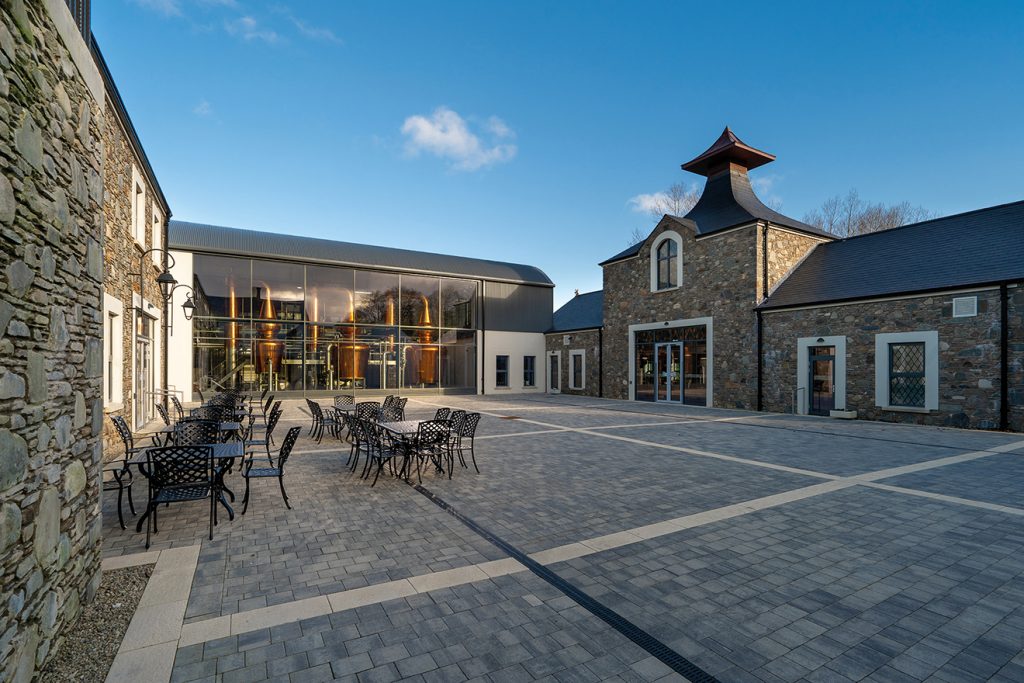What is Passive Fire Protection?
Passive fire protection systems serve the following purposes:
1. Containment of a fire within the compartment of its origin.
2. Retardation of fire spread from the original compartment.
3. Slowing down the heating of structural components.
4. Prevention of fire spread through intentional openings like doors and HVAC ducts in fire-rated structures, accomplished by utilizing fire-rated closures such as fire doors and fire dampers.
5. Prevention of fire spread through penetrations in fire-rated structures, such as openings for plumbing pipes or electrical cables, using fire stops.
These systems aim to “prevent” the spread of fire, smoke, or excessive heating of structural elements for a specified duration as determined by local building and fire codes. Testing of passive fire protection measures like firestops, fire walls, and fire doors establishes their fire-resistance rating, typically expressed in hours (e.g., ⅓, ¾, 1, 1½, 2, 3, 4 hours), with certification listings detailing their limitations.
Passive fire protection systems generally operate without motion, except for instances like fire dampers and fire door closers, which require movement for functionality. Intumescent products also expand to fill gaps adequately. Their straightforward design often leads to increased reliability compared to active fire protection systems like sprinklers, which involve multiple operational components.
In a building, passive fire protection functions as interconnected systems. For instance, a firestop system is part of a fire-resistance rated wall or floor, contributing to a fire compartment, which in turn is integral to the overall building’s operation.
Various materials are utilized in constructing passive fire protection systems. Endothermic materials such as calcium silicate board, concrete, and gypsum wallboard absorb heat, with water within them sublimating when heated. Intumescent and ablative materials are also employed. While materials themselves lack fire resistance ratings, organizing them into systems according to certification listings ensures their efficacy.
JP Corry is now one of the largest suppliers of Passive Fire Protection (PFP) materials sourced from renowned suppliers like Rockwool, Siniat, and Magply. These materials are crucial for ensuring fire safety in construction projects. JP Corry specializes in supplying these materials to certified installers within the construction industry, guaranteeing that they meet rigorous quality standards and compliance requirements. Furthermore, JP Corry goes the extra mile by providing comprehensive PFP services, including full data specifications and technical support directly from the suppliers. This ensures that contractors and installers have all the necessary information and assistance to implement effective fire protection measures seamlessly and efficiently.

